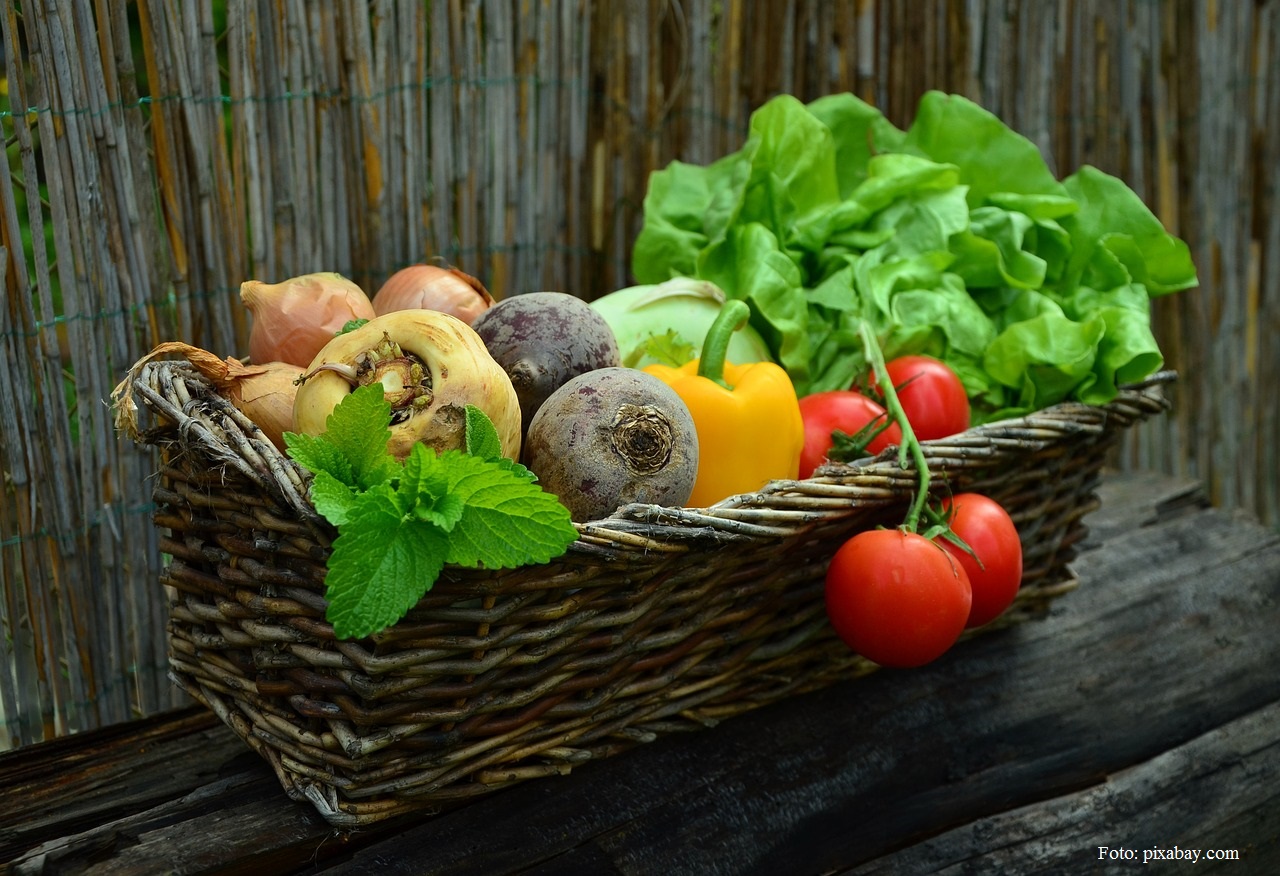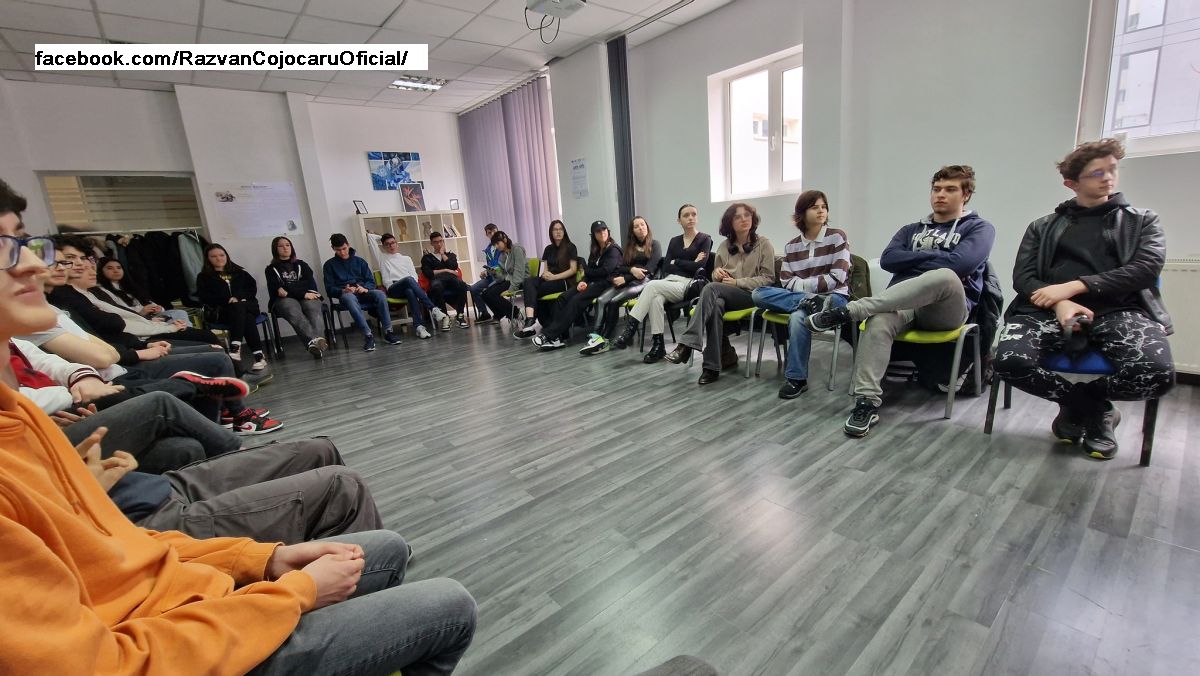The Tradition of Romanian Bubbly
Every important moment in our lives is celebrated by raising a glass of sparkling wine

Ana-Maria Cononovici, 02.07.2024, 14:00
Every important moment in our lives is celebrated by raising a glass of sparkling wine. The famous bubbles are originally from France, in 1531, when an ‘ancestral’ method was obtained by Blanquette de Limoux, which also becomes the oldest documented method of obtaining sparkling wines in the world.
Sparkling wine, as the specialists have pointed out, is the only wine we perceive with all five basic senses: the tactile sense, sight, smell, taste, and hearing. So it is no wonder it is associated with moments of joy.
Liviu Gheorghe, a member of the Wine Lover Association, took us through the history of over a century and a half of Romanian sparkling wine:
“The maker of the first sparkling wine in Romania was Professor Ion Ionescu de la Brad, who, after a period of study in France, when returning to the country in 1841, obtained a sparkling wine for the ruler of Moldavia, Mihail Sturdza, from his vineyards. In this way, Romania became the fourth country in the world with domestic sparkling wine production by natural fermentation in glass bottles. In Transylvania, then part of the Austro-Hungarian Empire, the production of sparkling wine was recorded in Satu Mare. Following that were Timişoara, Cluj, Azuga, and Brăila. In 1892, in Azuga, they inaugurated on a plot of land from King Carol’s estate the Rhein cellars, investment of the Rhein brothers, whose family had lived for hundreds of years in Brasov. The cellars were built above ground, with 1.2 meters thick walls, and are still functional today.
A German man, from a family of winemakers, came to work in Romania around the year 1900, and twelve years later he opened a establishment. Liviu Gheorghe, a member of the Wine Lover Association, continues his story :
“In 1912, Wilhelm Mott a set up a small sparkling wine factory in Bucharest. In a few years Mott develops its production capacity and begins to export the sparkling wines. During the interwar period the press was full of advertisements for Mott champagne, which became a European brand, and currently collectors pay sometimes exorbitant amounts for the antiquities carrying this beverage logo. In 1934, with the lifting of the prohibition system in the United States, Mott opens his own branch in New York. During the same period, Mott becomes the supplier for the passenger ships of the Romanian Naval Society, and was also present on the menus of the transatlantic ships. In 1948, Mott’s production facilities were nationalized, along with those of the sparkling wine makers Doctor Basilescu and Rhein, acquiring the name Zarea. In 1969, the famous oenologist Dr. Ioan Puşcă created in Vrancea the famous classic Panciu sparkling wine, and in 1974 he launched in Transylvania the Jidvei sparkly range.
Analyzing the methods and varieties of grapes used in the production of Romanian sparkling wine, Liviu Gheorghe said:
“We have wine regions that are very similar to the French or Italian, so the sparkling offer is a very good one. Sparkling wines are made according to the traditional method, but also by the conventional method, the Peter Charmat method, which involves two rounds of fermentation under pressure, and is a more accessible and rapid variant of obtaining sparkling wine, including the ASTI (n.r. with a single fermentation in a pressure tank of the must from aromatic grapes). They use international grape varieties, Chardonnay, Pinot Noir, or Pinot Meunier, as well as native varieties such as Crâmpoşie, Feteasca Regala, White Feteasca, Mustoasa, or Black Feteasca. Important investments in vines and technology allow us to produce all manners of sparkling styles, in terms of price and quality. We have white and pink sparkling, with residual sugar from Brut, to native, to sweet, we have blanc de blanc, we have blanc de noir, we have pearly wines, we also have petillant wines (lightly pearled). Among the sparkling wines made here, which resemble the quality of the ones from Champagne very closely, are those obtained exactly according to the same procedures, as well as the original Champagnia, using both international, popular varieties for sparkling wine, and as native varieties, which represent the territory from which they come. These wines rest for a period of autolysis that reaches 48 months, imprinting on the wine fine notes of dough, fresh bread, or muffin. The wines are noted for intense acidity, fine and persistent pearl, balance, complexity, structure and elegance. Many of them have a remarkable aging potential.
Liviu Gheorghe said that the Romanian sparkling wines are also known internationally:
“For several years, Romanian sparkling wines have been competing in international competitions, the World Champagne Championship, sparkling wine competitions, such as the International Bucharest Wine Contest. Sparkling wines are considered among the most versatile wines, from the point of view of culinary associations, and can be served both with appetizers, main dishes, but also desserts, or only for socialization. A white sparkling wine, with residual sugar in the Brut area, is ideally associated with dishes such as eggs, shellfish, seafood, fish, fine creamy cheeses, or chicken preparations. A pink sparkling wine from the same area of residual sugar can be associated with salmon preparations, smoked fish, duck, or goose liver, poultry, or beef, and even Thai cuisine. Ideally, sweet sparkling wines would be served with whipped cream desserts, fruit cakes, chocolate cake, and even ice cream.






























